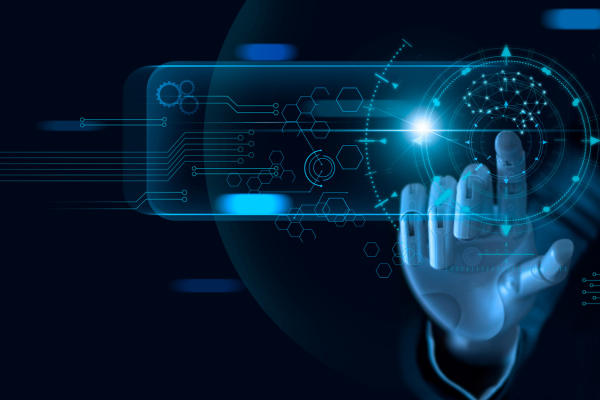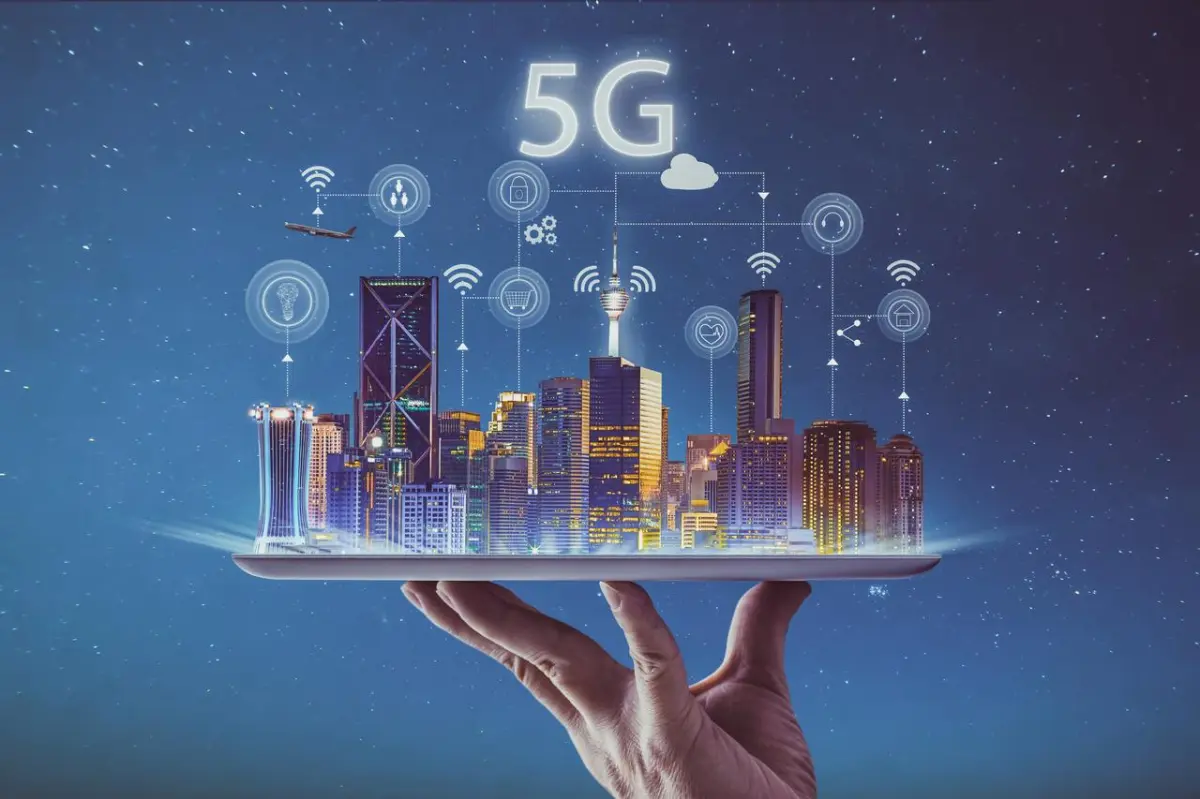The rapid advancement of artificial intelligence (AI) and automation is reshaping the workforce, particularly in the technology sector. Over the past year, more than 100,000 jobs have been eliminated across major tech companies, with AI-driven efficiency cited as a key factor. While AI promises increased productivity and cost savings, the human cost is becoming increasingly evident, raising concerns about the future of employment in an automated world.
The Rise of AI-Driven Layoffs
Tech giants like Google, Microsoft, Amazon, and Meta have all announced significant workforce reductions in 2024. These layoffs come alongside massive investments in AI, with companies prioritizing automation over human labor in areas such as:
-
Customer Support (AI chatbots replacing human agents)
-
Software Development (AI-powered coding assistants like GitHub Copilot reducing the need for junior engineers)
-
Data Analysis (Automated tools handling tasks previously done by analysts)
-
Content Moderation (AI filtering harmful content faster than human reviewers)
A report from Challenger, Gray & Christmas revealed that AI and cost-cutting measures were among the top reasons for job cuts in the tech sector this year. Companies argue that AI improves efficiency and reduces operational costs, but the immediate impact is a shrinking job market for tech professionals.
Why Are Companies Shifting to AI?
-
Cost Efficiency – AI systems can work 24/7 without salaries, benefits, or breaks.
-
Faster Decision-Making – Machine learning models analyze data in seconds, outperforming human speed.
-
Scalability – AI solutions can be deployed globally with minimal additional costs.
-
Error Reduction – Automation reduces human mistakes in repetitive tasks.
For businesses, the financial benefits are clear. However, for employees, this shift means fewer opportunities, especially in entry-level and mid-tier roles.
Which Jobs Are Most at Risk?
Not all tech jobs are equally vulnerable to AI automation. The most affected roles include:
-
Customer Support Representatives (Replaced by AI chatbots like ChatGPT)
-
Data Entry Clerks (Automated by AI data processing tools)
-
Basic Coders & QA Testers (AI-generated code reduces demand for junior developers)
-
Digital Marketers (AI tools now handle ad optimization and content creation)
-
Recruiters (AI sourcing and screening candidates more efficiently)
Meanwhile, highly skilled positions—such as AI researchers, cybersecurity experts, and senior software architects—remain in demand, highlighting a growing skills gap in the industry.
The Human Impact: Upskilling or Unemployment?
While AI eliminates some jobs, it also creates new ones. The challenge is ensuring displaced workers can transition into these emerging roles. Some companies are offering reskilling programs, but many employees struggle to keep up with the pace of change.
-
Upskilling Challenges – Not all workers can easily shift to AI-related fields like machine learning or data science.
-
Increased Competition – As more people retrain for high-demand roles, job competition intensifies.
-
Mental Health Strain – Mass layoffs contribute to anxiety and job insecurity among tech professionals.
Governments and educational institutions are now under pressure to expand AI literacy programs to prepare the workforce for an automated future.
The Future of Work in an AI-Driven Economy
The tech industry’s job cuts signal a broader trend: AI is not just a tool but a replacement for human labor in many areas. While innovation drives economic growth, the transition must be managed carefully to avoid widespread unemployment.
Possible solutions include:
-
Stronger Labor Policies – Regulations ensuring AI complements rather than replaces workers.
-
Universal Basic Income (UBI) Trials – Some experts suggest UBI could offset job losses.
-
Corporate Responsibility – Tech firms benefiting from AI should invest in worker retraining.
Conclusion
The loss of 100,000 tech jobs due to AI automation is a wake-up call. While AI brings incredible advancements, its unchecked adoption risks leaving millions behind. The key challenge for businesses, governments, and workers is to adapt proactively—ensuring that AI serves as a collaborator rather than a competitor in the workforce.
The tech industry must balance innovation with ethics, or risk creating an economy where machines thrive while humans struggle to keep up. The next decade will determine whether AI becomes a force for shared prosperity or a driver of unprecedented job displacement.



